EWOT was a pioneering method combining physical activity with oxygen supplementation to enhance health.
LiveO2’s innovative approach integrates a hypoxic (low oxygen) setting with the traditional hyperoxic (high oxygen) setting, launching a new era in oxygen training.
Adaptive Contrast technology propels our systems’ effectiveness by up to 600% over conventional EWOT oxygen-only systems, marking a monumental leap in training efficacy and results.
Traditional EWOT, reliant on oxygen only, now stands outdated.
LiveO2’s innovative approach integrates a hypoxic (low oxygen) setting with the traditional hyperoxic (high oxygen) setting, launching a new era in oxygen training.
Adaptive Contrast technology propels our systems’ effectiveness by up to 600% over conventional EWOT oxygen-only systems, marking a monumental leap in training efficacy and results.
LiveO2 emerged as a pioneer by offering a comprehensive EWOT solution designed for accessibility and effectiveness. The LiveO2 Standard System revolutionized how individuals could integrate oxygen therapy into their exercise routines, making a previously niche wellness practice more available to the public.
LiveO2 still sells this legacy system today at an affordable price.
However, as pioneers in the field, LiveO2 quickly recognized the limitations inherent in the initial technology of EWOT systems Exercise With Oxygen Therapy (EWOT) has been a revolutionary approach to wellness and performance enhancement, leveraging the power of oxygen to improve overall health. However, traditional EWOT systems and oxygen-only therapies encounter specific limitations due to the fundamental dynamics of exercise physiology and oxygen delivery.
One significant limitation of traditional EWOT and oxygen-only systems lies in the challenge of balancing the inhalation of high oxygen concentrations with the need to increase heart rate through exercise. Breathing pure oxygen can, paradoxically, make it more difficult to elevate the heart rate to levels typically achieved during exercise. This is because pure oxygen can lead to a physiological response where the body senses an excess of oxygen, potentially reducing the drive to breathe and making vigorous exercise more challenging.
This counterintuitive effect highlights a critical limitation of oxygen-only systems: while they provide the body with additional oxygen, they do not account for the body’s natural responses to oxygen saturation and exercise intensity. In essence, the very act of breathing in high concentrations of oxygen without a corresponding increase in heart rate, circulation can carbon dioxide can limit the effectiveness of the therapy.
Fixed Oxygen Concentration
Lacks adjustability for specific goals or altitude simulation.
Quick Plateau in Results
Absence of hypoxic adjustability limits long-term effectiveness.
Limited Cardiovascular Challenge
Pure oxygen reduces the need for cardiovascular effort.
No Hypoxic Training Option:
Focuses solely on oxygenation without promoting comprehensive adaptations.
One-dimensional Approach
Focuses solely on oxygenation without promoting comprehensive adaptations.
No EPO Stimulation
Does not stimulate erythropoietin production due to lack of hypoxic conditions.
Reduced Metabolic Stimulation
Limited metabolic challenge, affecting energy utilization and health.
Inability to Perform Advanced Protocols
Cannot engage in protocols like BrainO2 requiring oxygen level adjustments.
Lack of Cognitive Enhancement Benefits
Absence of hypoxic conditions limits potential cognitive improvements.
Inflexibility in Training Adaptation
Static oxygen delivery does not allow for tailored training adaptations.
Not Suitable for Athletic Training
Does not meet diverse needs of athletes for performance maximization.
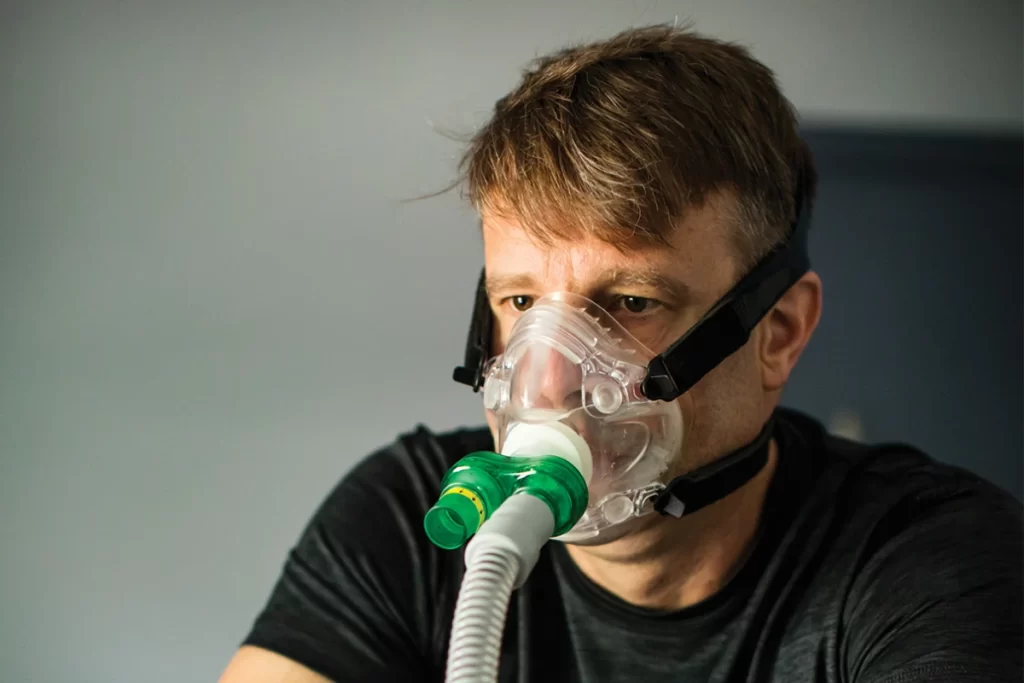
Traditional EWOT increases lung oxygen availability without significantly improving the body's oxygen absorption capabilities.
Despite LiveO2's pioneering introduction of EWOT over 15 years ago, traditional systems have not evolved to incorporate advanced oxygen training technologies.
Traditional EWOT lacks a hypoxic switch, crucial for enhancing oxygen dissolution into the blood plasma and maximizing the therapeutic potential.
Fails to intensify the exercise challenge, limiting the effectiveness and potential benefits of oxygen-enhanced training sessions.

Incorporates both hyperoxic and hypoxic environments, significantly improving the body's ability to absorb and utilize oxygen.
The contrast between hypoxic and hyperoxic phases promotes a stronger physiological response, including increased erythropoietin (EPO) production and improved cardiovascular function.
Beyond improving physical performance, Adaptive Contrast supports faster recovery, boosts cognitive function, and strengthens the immune system, offering a holistic approach to wellness.
Allows for real-time adjustment between high and low oxygen levels, tailoring the exercise to individual needs and maximizing health benefits.
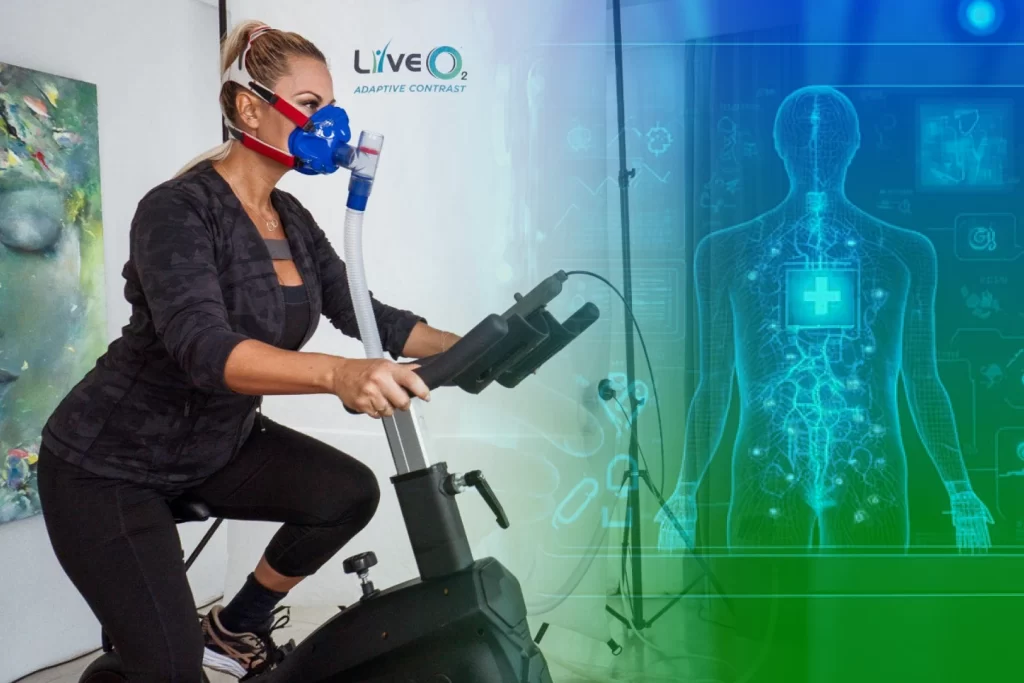
LiveO2’s Adaptive Contrast system represents a significant advancement in oxygen training, offering a dynamic and responsive approach to wellness and performance enhancement. Unlike traditional Exercise With Oxygen Training (EWOT), which utilizes a constant flow of high oxygen, Adaptive Contrast incorporates both high oxygen (hyperoxic) and low oxygen (hypoxic) environments within the same session, delivering a more comprehensive and effective training method.
The hypoxic setting is a pivotal element of the Adaptive Contrast system. By reducing the oxygen concentration below normal atmospheric levels, it simulates a high-altitude environment. This low oxygen challenge encourages the body to adapt by enhancing its oxygen utilization capabilities, improving oxygen delivery to tissues, and stimulating the production of growth factors among other beneficial physiological responses.
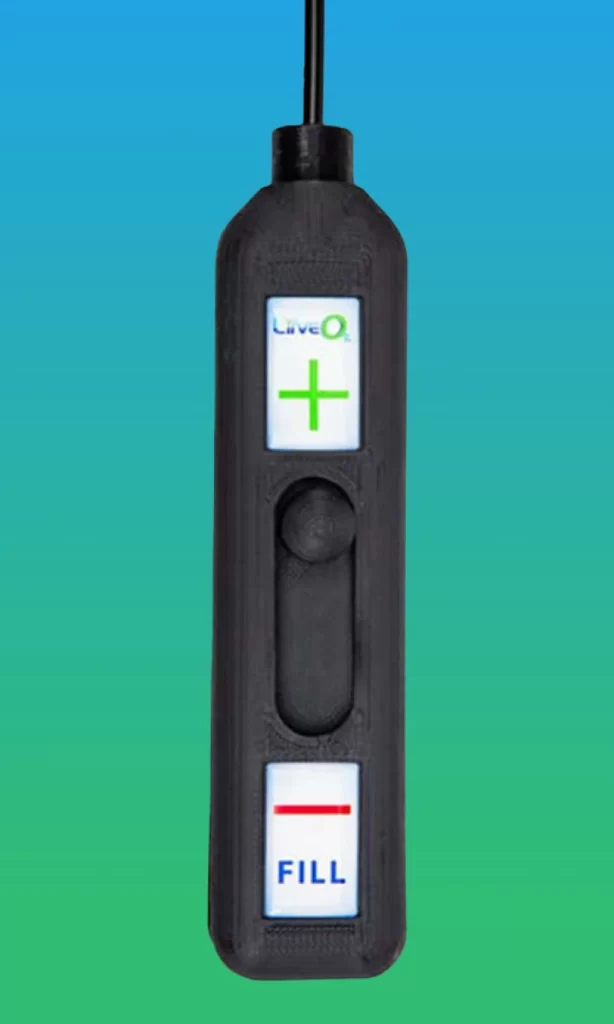
Adaptive Contrast is designed to allow users to seamlessly switch between hyperoxic and hypoxic conditions during exercise. This process of dynamic shifting produces a powerful “contrast” effect, exposing the body to both oxygen-rich and oxygen-deficient environments within a single training session. Users have the ability to adjust the oxygen level in real-time, allowing for a personalized and optimized training experience tailored to individual needs and objectives. This feature is key to maximizing the benefits of the training and customizing the session to each user.
Intermittent Hypoxic Exposure (IHE), a cornerstone of the LiveO2 Adaptive Contrast system, involves alternating periods of breathing lower oxygen air (hypoxia) with periods of breathing normal or higher oxygen air. This innovative approach offers a multitude of benefits for health, wellness, and performance enhancement. Here’s how users can gain from incorporating IHE into their routine through LiveO2 Adaptive Contrast:
Mitochondria, known as the powerhouses of the cells, benefit greatly from IHE. The exposure to hypoxic conditions followed by reoxygenation leads to an adaptive increase in mitochondrial efficiency, improving the cell's ability to produce energy. This boost in energy production can enhance physical stamina, reduce fatigue, and improve overall vitality.
IHE trains the body to utilize oxygen more effectively. By adapting to the lower oxygen levels during hypoxic phases, the body learns to extract and use oxygen from the blood more efficiently. This improved oxygen utilization can enhance endurance and performance, especially in athletic pursuits or physically demanding activities.
Intermittent hypoxic exposure has been shown to accelerate recovery processes. The fluctuation in oxygen levels stimulates blood flow and enhances circulation, facilitating faster removal of waste products and more efficient delivery of nutrients to tissues. This can lead to quicker recovery from workouts, injuries, and reduce the risk of chronic inflammation.
IHE stimulates the production of Erythropoietin (EPO), a hormone responsible for erythropoiesis, or the production of red blood cells. Increased EPO levels enhance the oxygen-carrying capacity of the blood, improving endurance and reducing the time it takes for muscles to fatigue during physical activity.
Exposure to intermittent hypoxia has been linked to a strengthened immune system. The stress induced by low oxygen levels, followed by reoxygenation, activates the body's adaptive responses, potentially improving its defense mechanisms against pathogens and diseases.
The benefits of IHE extend beyond physical health to cognitive enhancement. The improved blood flow and oxygenation to the brain may enhance cognitive functions such as memory, focus, and problem-solving skills. This makes IHE through LiveO2 Adaptive Contrast not only a tool for physical conditioning but also for mental sharpness and well-being.
The benefits of IHE extend beyond physical health to cognitive enhancement. The improved blood flow and oxygenation to the brain may enhance cognitive functions such as memory, focus, and problem-solving skills. This makes IHE through LiveO2 Adaptive Contrast not only a tool for physical conditioning but also for mental sharpness and well-being.
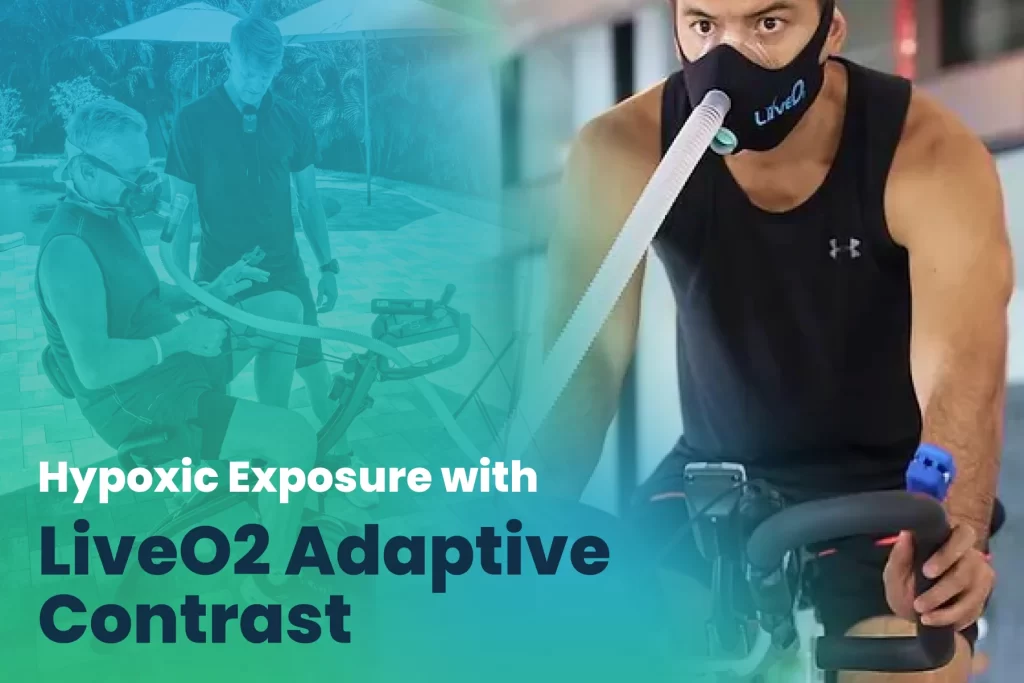
LiveO2 Adaptive Contrast protocols are versatile, making it suitable for a wide range of health and fitness goals. Whether for athletic performance, health maintenance, recovery from injury, or cognitive enhancement, the system can be tailored to meet individual needs, offering a personalized approach to health and wellness.
Incorporating LiveO2 Adaptive Contrast into a routine harnesses the power of intermittent hypoxic exposure to unlock a host of benefits, from enhanced physical performance and recovery to improved cognitive function and immune health. This innovative training modality represents a comprehensive approach to achieving optimal wellness and vitality.
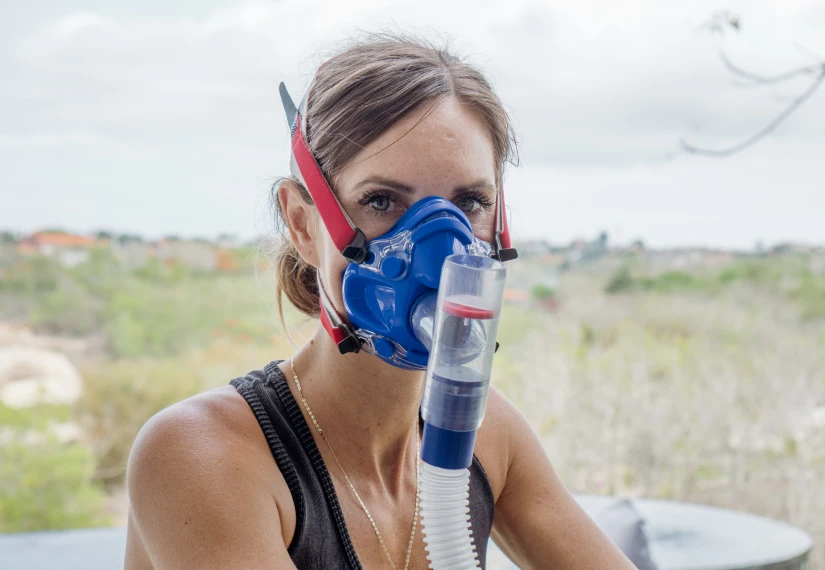
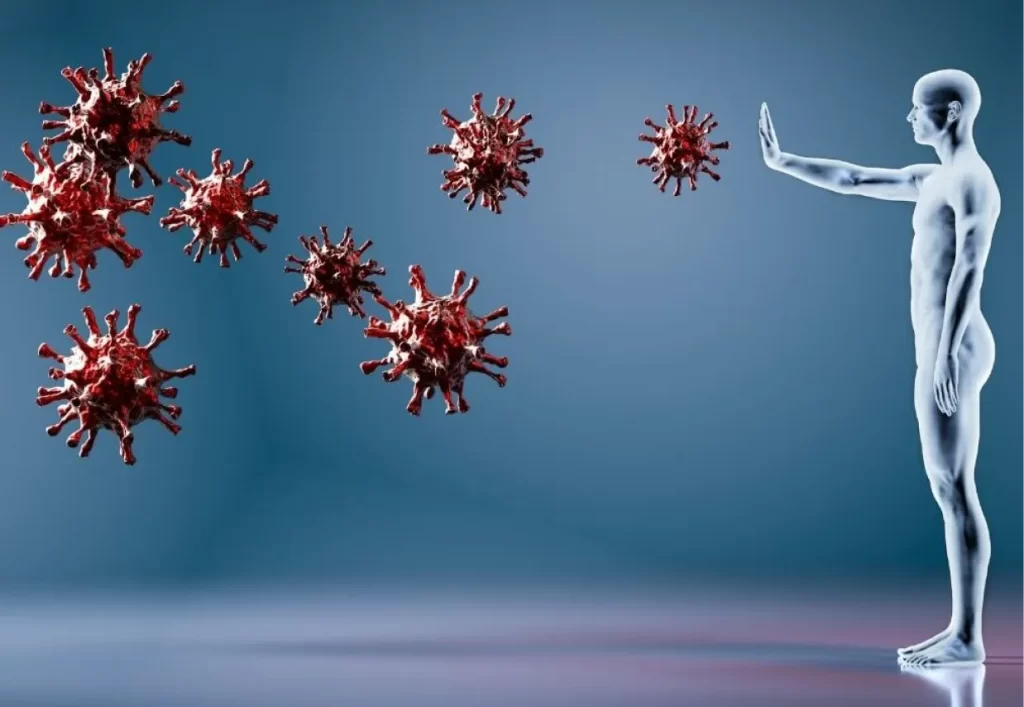
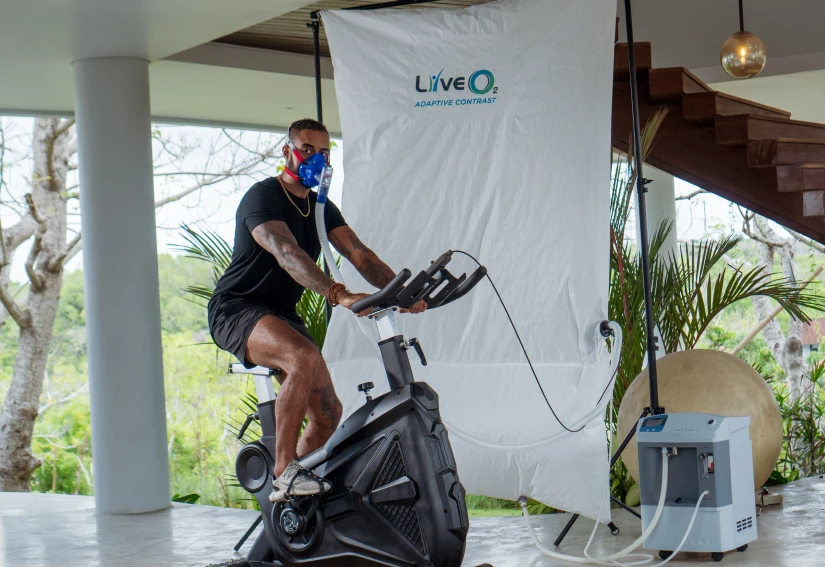

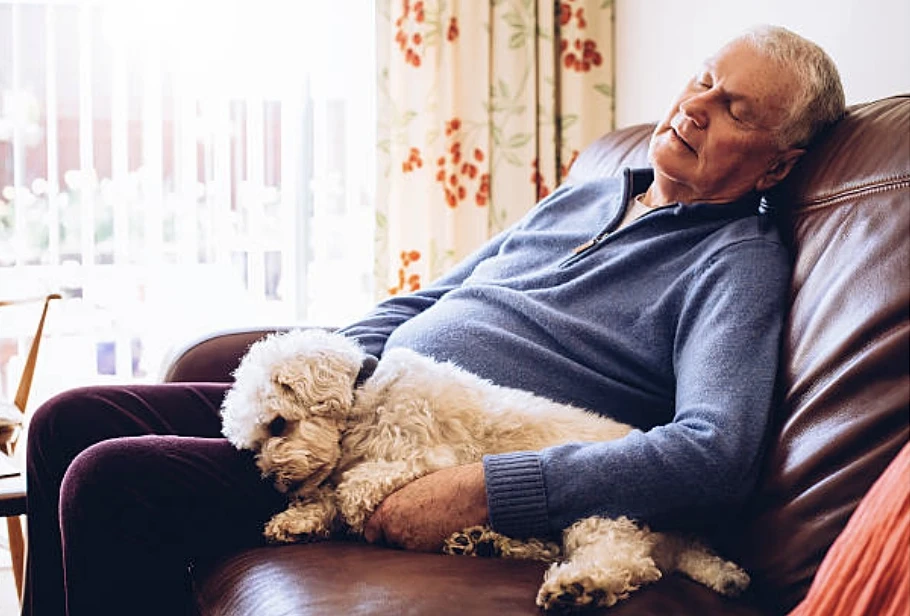
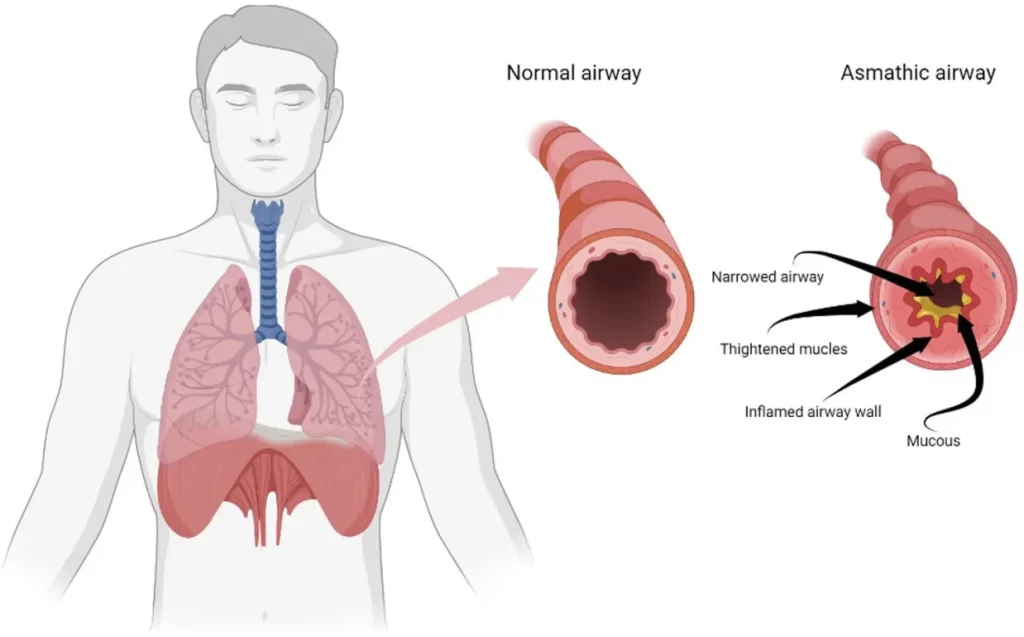
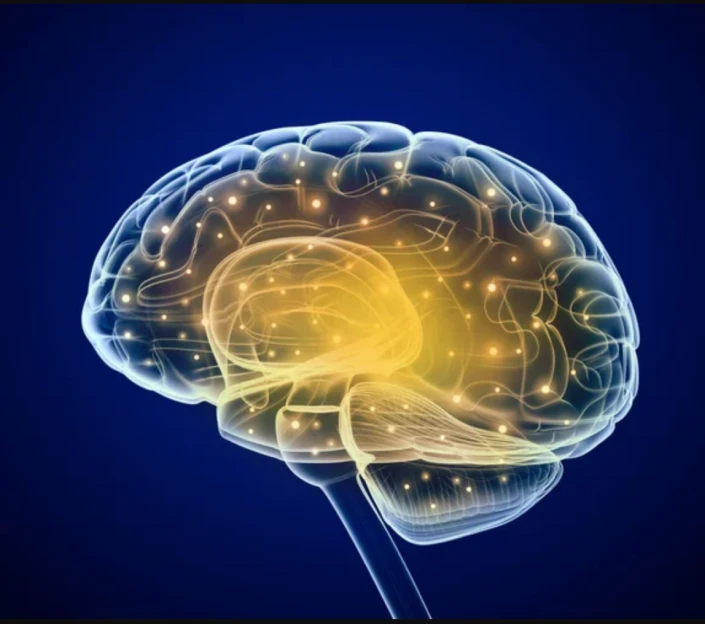
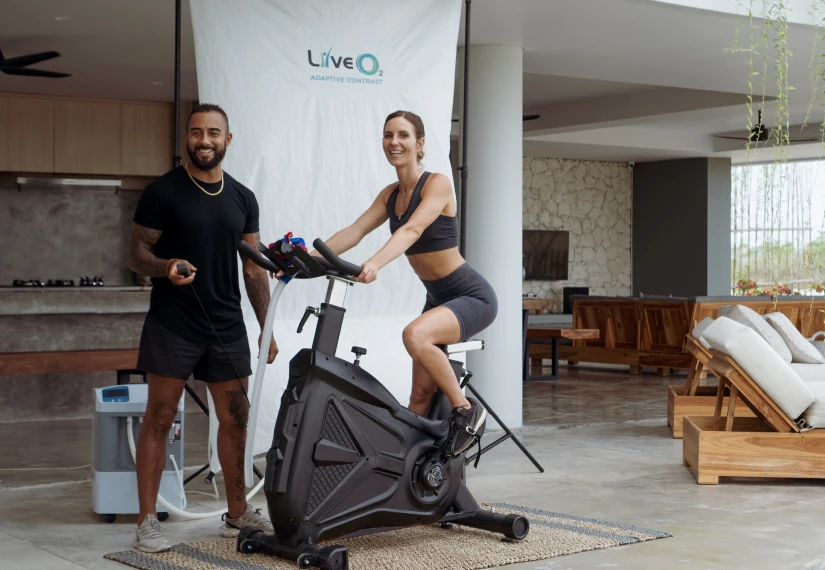
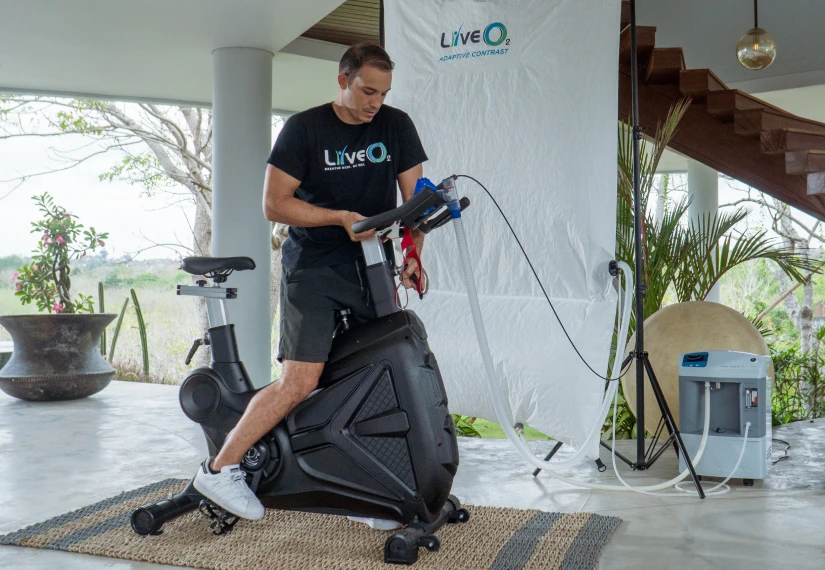
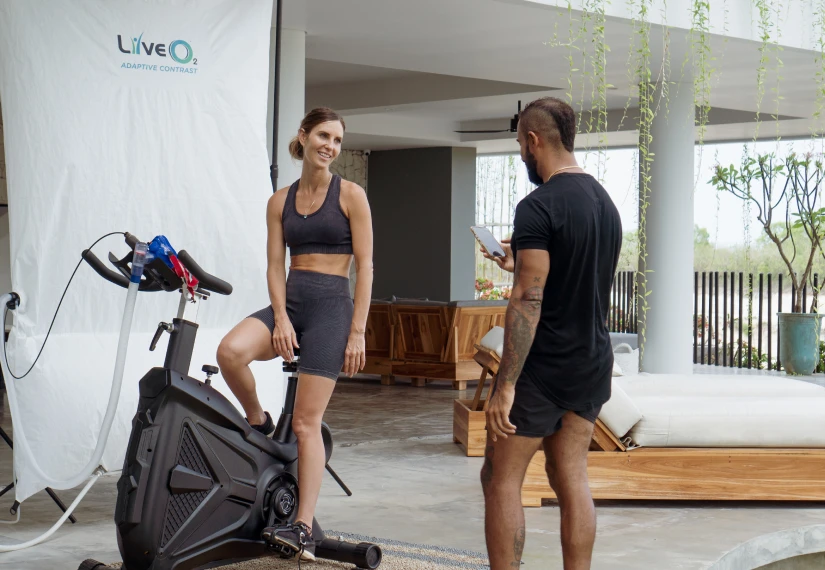
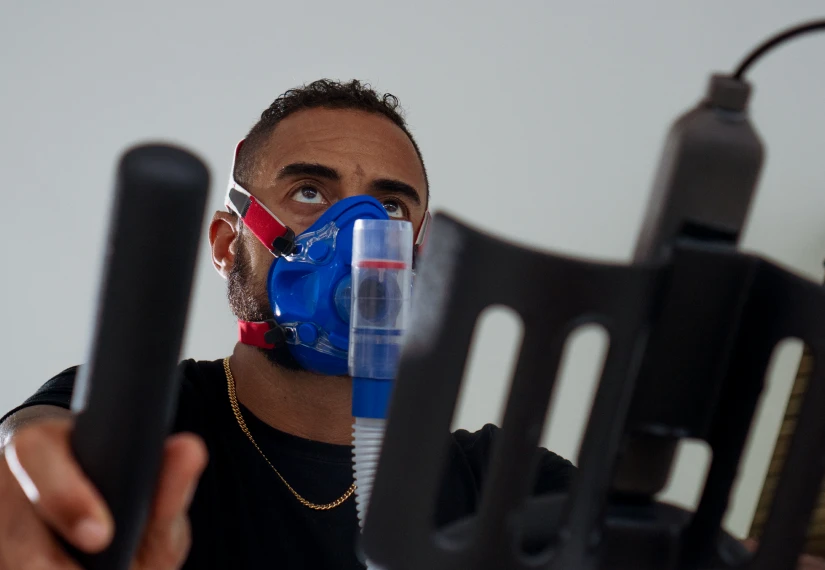







You will receive your ebook by email shortly
Many theories point to inflammation as the root cause of all disease. In this article from Dr Mercola, over 20+ diseases can be traced back to inflammatory mechanisms!
This is extremely important! If you’re researching EWOT to treat a symptom in a natural way, there’s a pretty solid chance its root cause can be traced back to inflammation.
The good news is: oxygen is the master anti-inflammatory. We know this because oxygen deficiencies trigger inflammation, first in our vascular system and then in our tissues.
